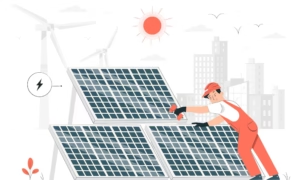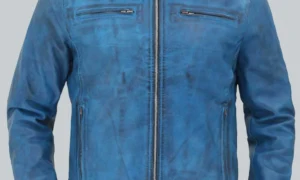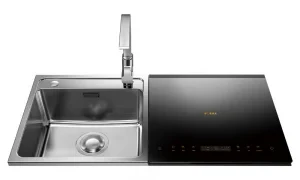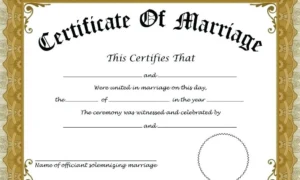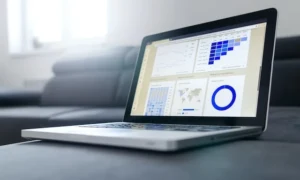In a world where our smartphones have become indispensable extensions of ourselves, protecting their screens is paramount. DIY screen protector installation is a cost-effective and simple solution to safeguarding your device against scratches, cracks, and smudges. Whether you’re an avid tech enthusiast or just someone who wants to prolong the life of their device, this step-by-step guide will walk you through the process, ensuring a seamless application every time.
Step 1: Gather Your Materials
Before diving into the DIY screen protector installation process, make sure you have all the necessary materials at hand. You’ll need a microfiber cloth, screen cleaning solution or alcohol wipes, a dust removal sticker (often included with screen protectors), and, of course, the screen protector itself. Ensure that the protector is compatible with your device model to guarantee a perfect fit.
Step 2: Prepare Your Device
A clean surface is essential for a successful DIY screen protector installation. Begin by powering off your device to prevent any accidental button presses during the process. Use the microfiber cloth and cleaning solution or alcohol wipes to thoroughly clean the screen, removing any dust, fingerprints, or residue that could interfere with adhesion. Pay extra attention to the edges, where dirt tends to accumulate.
Step 3: Ensure Phone Screen Repair Compatibility
In the event of a cracked or damaged screen, having a screen protector in place can mitigate further harm. However, for more severe damage, professional phone screen repair may be necessary. Ensure that your screen protector is compatible with repair services to facilitate any future repairs seamlessly.
Step 4: Align the Screen Protector
With your device prepped and ready, it’s time to align the screen protector. Most protectors come with alignment guides or tabs to assist with positioning. Carefully peel off the backing from the adhesive side of the protector, taking care not to touch the sticky surface. Align the protector with the edges of your device, ensuring that it’s centered and symmetrical. Once aligned, gently press down on the middle of the protector to secure it in place.
Step 5: Smooth Out Air Bubbles
Air bubbles are a common occurrence during DIY screen protector installation, but they’re easily remedied. Using a flat, smooth object such as a credit card or the edge of a microfiber cloth, gently push any trapped air bubbles towards the edges of the screen. Continue smoothing outwards until all bubbles are eliminated. If stubborn bubbles persist, try lifting the nearest edge of the protector slightly and reapplying pressure to release the air.
Step 6: Remove Excess Residue
Once the screen protector is securely in place and any air bubbles have been removed, take a final pass to ensure a clean finish. Use the microfiber cloth to gently wipe away any remaining residue or smudges on the surface of the protector. Pay attention to the edges to ensure a seamless transition between the protector and the device’s frame.
Step 7: Test Touch Sensitivity
After applying the screen protector, it’s crucial to test the touch sensitivity of your device. Open various apps and perform tasks that require precise touch input to ensure that the screen protector doesn’t interfere with responsiveness.
Step 8: Inspect for Imperfections
Take a close look at the installed screen protector to identify any imperfections or misalignments. If necessary, gently lift the edge of the protector and reposition it to achieve a perfect fit.
Here are some additional tips for a more successful DIY screen protector installation experience:
Mind the Temperature
Ensure that the room temperature is moderate during installation. Extreme temperatures can affect the adhesive properties of the screen protector.
Avoid Overstretching
When aligning the screen protector, be careful not to stretch it too much, as this can lead to improper fitting and reduced adhesion.
Apply Even Pressure
When smoothing out air bubbles, apply even pressure across the entire surface of the screen protector to ensure a uniform adhesion.
Check Compatibility with Cases
If you use a phone case, make sure the screen protector is compatible with it to avoid any fitting issues or interference.
Seek Assistance if Needed
If you’re unsure about the installation process or encounter difficulties, don’t hesitate to seek assistance from a friend or family member who has experience with screen protector installation.
Concluding it All
Congratulations! You’ve successfully completed the DIY screen protector installation process, giving your device the protection it deserves. Not only does a screen protector shield your phone from everyday wear and tear, but it also provides peace of mind knowing that your investment is safeguarded against accidental drops and scratches. With just a few simple steps, you can enjoy a crystal-clear screen and prolonged device longevity. So, why wait? Protect your device today with a hassle-free DIY screen protector installation.












